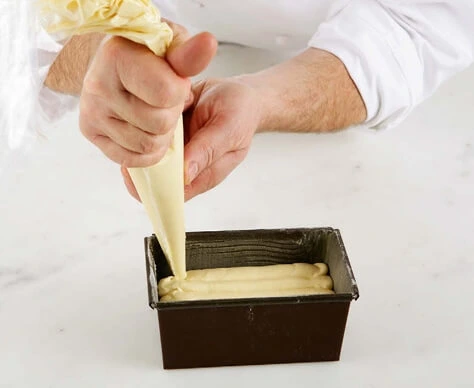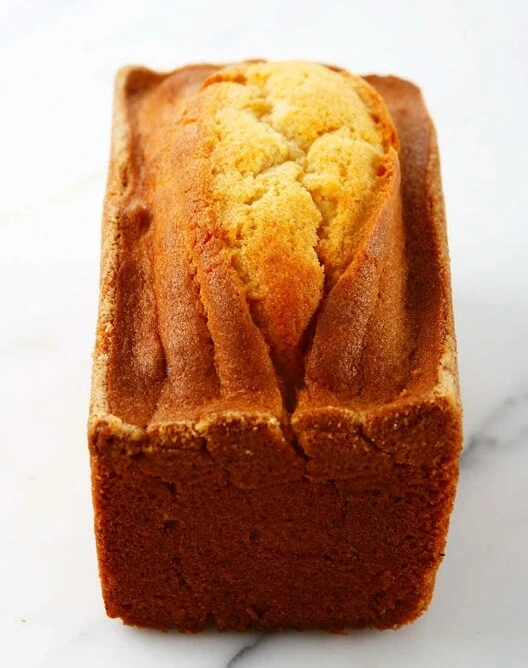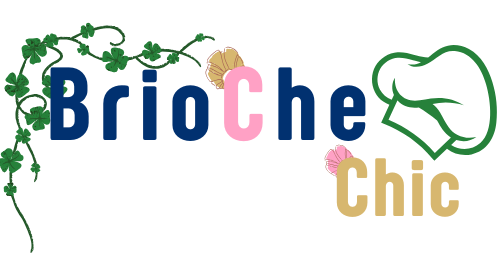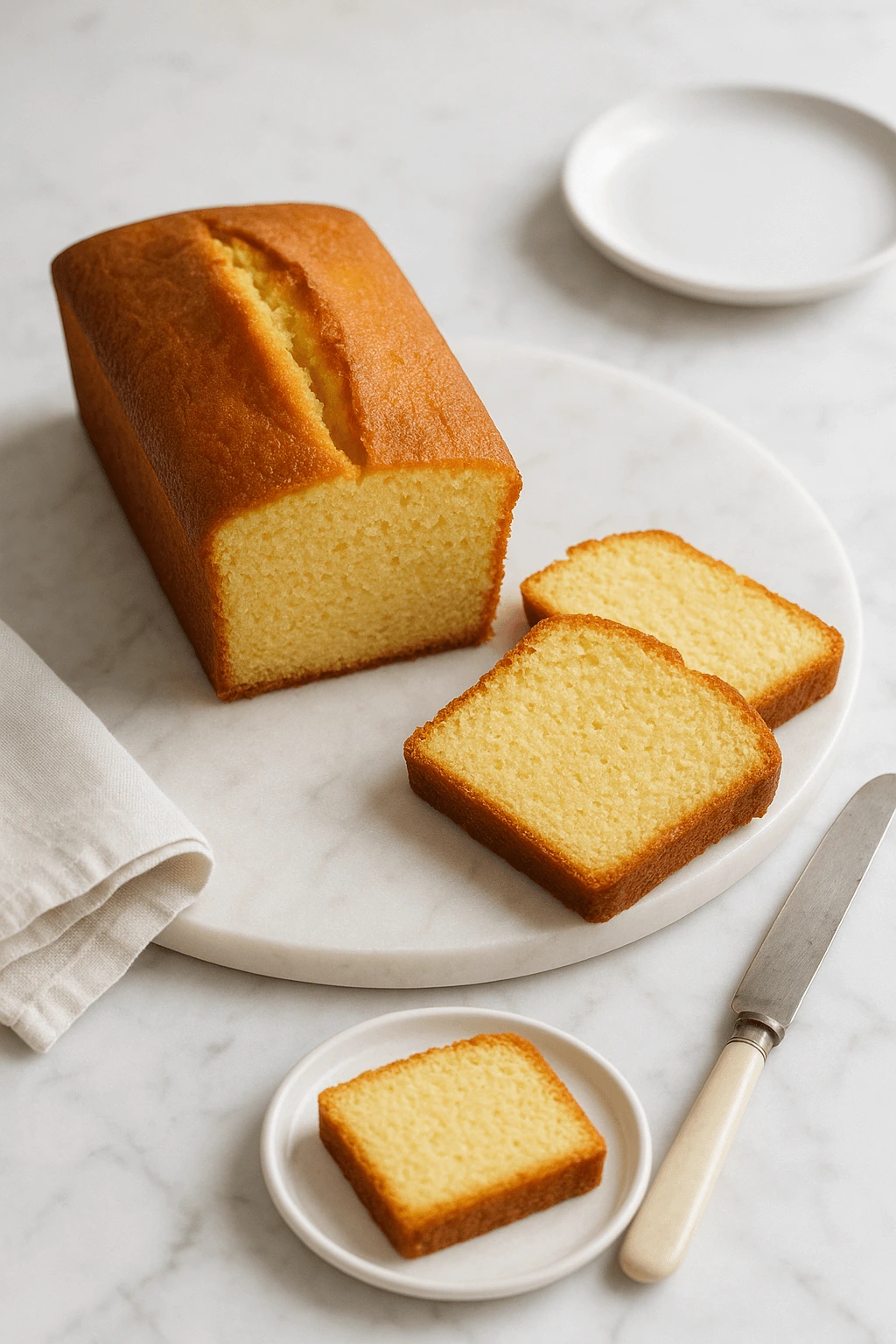Among the many treasures of traditional French baking, the quatre-quarts cake stands out as a monument to simplicity and balance. Its name, which translates to “four quarters,” tells a story of perfect proportion—each of its four components used in equal measure to create a harmonious whole. While humble in appearance, this classic loaf cake hides a richness of heritage and flavor that has earned it a permanent place in the hearts of pastry lovers around the world.
Originating from Brittany, a region known for its dairy-rich cuisine and rustic desserts, the quatre-quarts is the French cousin of the pound cake. Yet, where the English version leans toward dense, buttery weight, the French cake often achieves a more refined texture, subtly golden and delicately crumbed. It is a cake that asks for no embellishment and yet lends itself beautifully to countless variations—zest of citrus, touch of vanilla, or even a swirl of fruit compote.
Its beauty lies in its versatility. Whether served plain with tea, lightly toasted with a spoonful of jam, or transformed into an elegant dessert with whipped cream and poached fruit, the quatre-quarts adapts effortlessly to every occasion. It is equally at home on a grand dessert trolley as it is in a lunchbox or at a countryside picnic.
But more than a recipe, the quatre-quarts is a lesson in balance, patience, and purity. It invites bakers of all levels to understand the soul of a cake—not through complexity, but through respect for process and proportion. Each slice speaks of generations who measured by eye, by memory, by hand.
To bake a quatre-quarts is to take part in a culinary tradition where less is more, where flavor comes from quality and care. It is, quite simply, the cake that never goes out of style.
Serves: 8 people
Preparation time: 30 minutes
Baking time: 45 minutes to 1 hour (for large cakes)
Storage:
- Keeps for 1 week if well wrapped and stored in a dry place
- Up to 3 months in the freezer
Equipment needed:
- Whisk
- Sieve
- Piping bag without nozzle
- Two loaf pans (14 cm × 7.3 cm, 7 cm high)
- Paper piping cone
Ingredients
- 150 g soft butter (pommade)
- 137 g icing sugar
- 12 g inverted sugar
- 150 g eggs
- 2 g liquid vanilla
- A pinch of salt
- 150 g all-purpose flour (T55)
- 4 g baking powder
- 2 g soft butter (for the piping line)
Serving suggestion
To be sliced or used for individual portions.
Method
- In a mixing bowl, whisk together the soft butter (pommade), icing sugar, and inverted sugar. Add the room-temperature eggs, vanilla, and a pinch of salt, and mix until smooth.
- Sift the flour together with the baking powder. Add them to the mixture and fold gently using a spatula (maryse) until fully incorporated.
- Transfer the batter into a piping bag and fill the greased and floured loaf pan up to three-quarters of its height.

- Using a piping bag or a paper cone, pipe a line of soft butter along the top of the raw batter—this will help create a clean, central crack as the cake bakes.
- Place in a preheated oven: bake at 190°C (Gas mark 6/7) for 20 minutes, then reduce the temperature to 180°C (Gas mark 6) and continue baking for 40 minutes.

- Check for doneness by inserting a knife into the center of the cake—if it comes out clean, without any batter sticking to the blade, the cake is done.
Chef’s Tips & Tricks
- The line of soft butter (pommade) on top allows the cake to split naturally during baking, without needing to score it.
- Once out of the oven, unmold the cake and wrap it while still warm in plastic wrap. This locks in moisture and keeps the crumb soft and tender.
Conclusion: A Simple Cake with Endless Possibilities
What makes the quatre-quarts more than just a cake?
At first glance, it may seem modest—a humble loaf with clean lines, made from pantry staples. But look closer, and you’ll see that this cake is a masterclass in balance, patience, and precision. It teaches us that you don’t need extravagant ingredients to achieve something truly delicious. What matters is the care with which you mix, the attention you give to texture, and the respect for the baking process. The result is a cake that is tender yet structured, rich yet never heavy, simple yet endlessly versatile.
Why is the butter line so important?
That small, deliberate cord of soft butter is more than a technical flourish—it’s a baker’s secret. Without scoring or intervention, it guides the cake to rise beautifully, opening naturally along the center with a graceful crack. This detail, invisible in the final flavor but crucial in the form, is a quiet reminder of the difference between “just baking” and baking with intent.
Can this cake evolve with you?
Absolutely. Once you’ve mastered the base, the quatre-quarts becomes a canvas. Add lemon zest, a swirl of praline, or a layer of seasonal fruit. Infuse the butter with herbs or spices. Create individual portions for tea parties, or stack slices with ganache for a modern take on the layered cake. With each variation, the soul of the original remains: equal parts, thoughtfully prepared.
And what do you gain by baking it yourself?
You gain more than a loaf. You gain confidence in your hands, pride in the aromas that fill your kitchen, and a renewed respect for the quiet power of tradition. You learn, above all, that sometimes the most enduring pleasures come from the simplest things.
So, the next time you reach for a complicated dessert, ask yourself:
Could a perfectly made quatre-quarts say more—with less?

